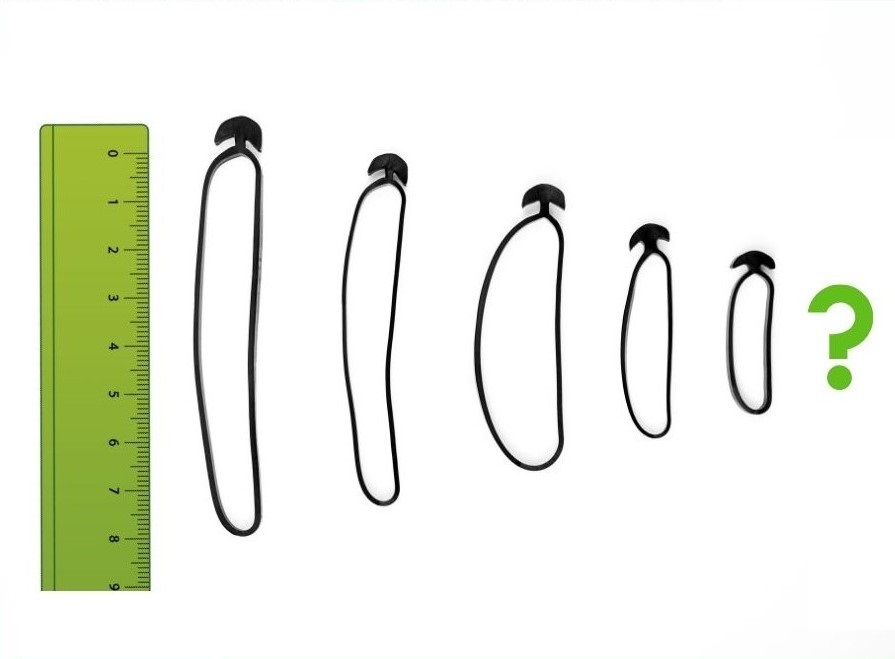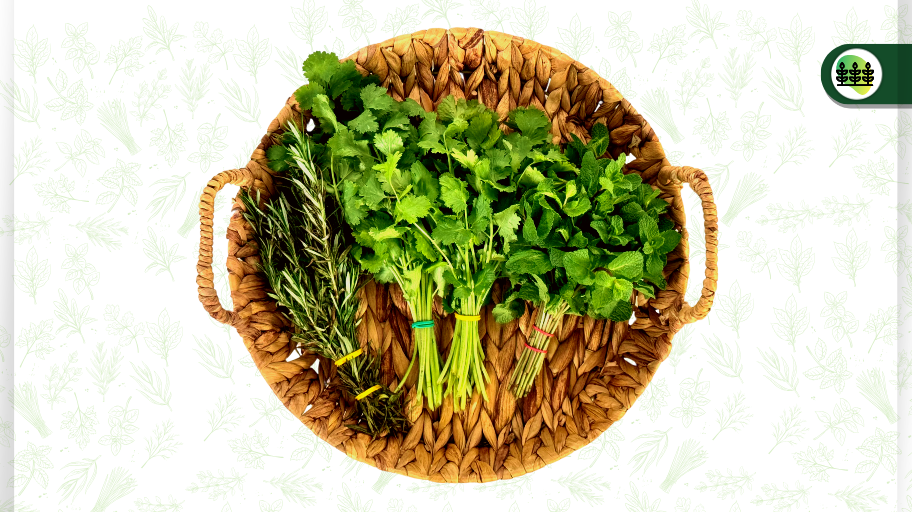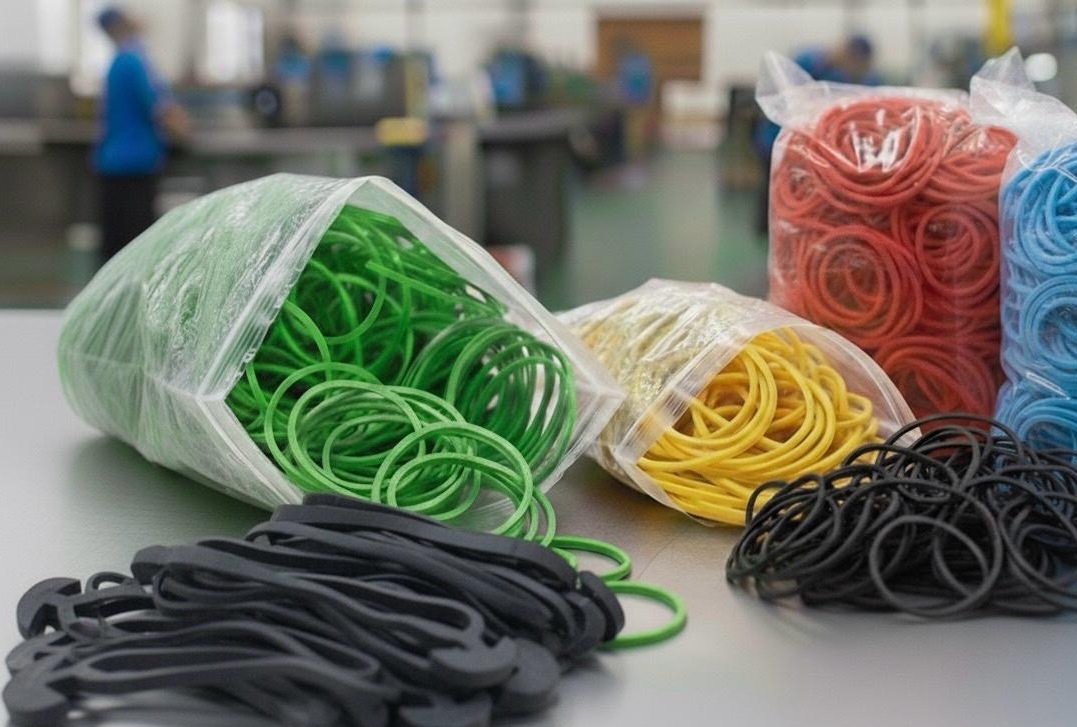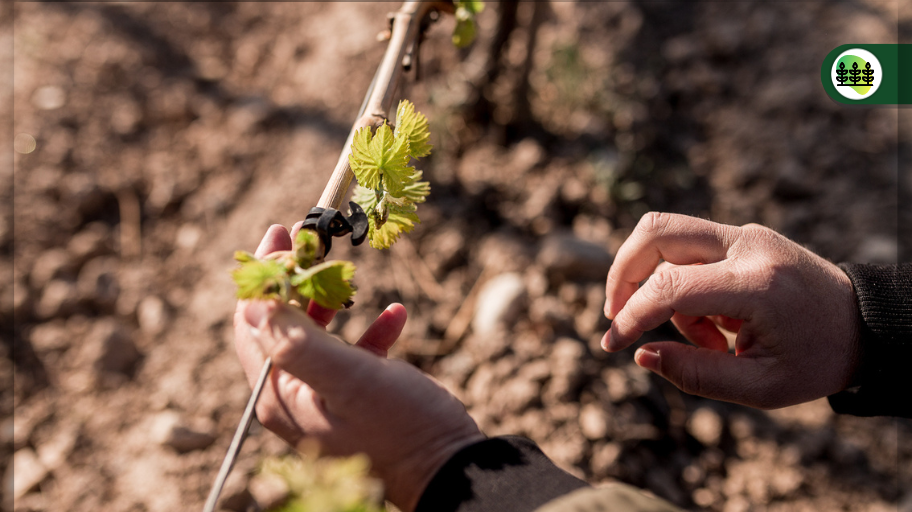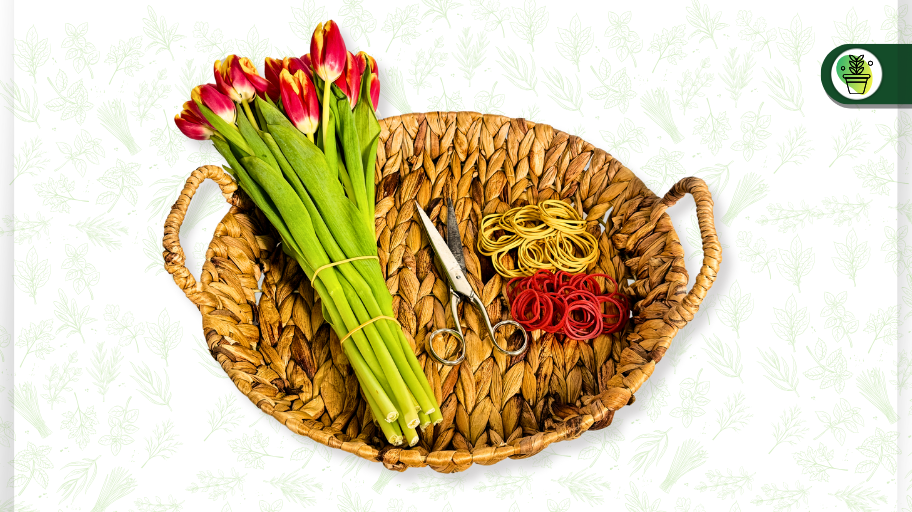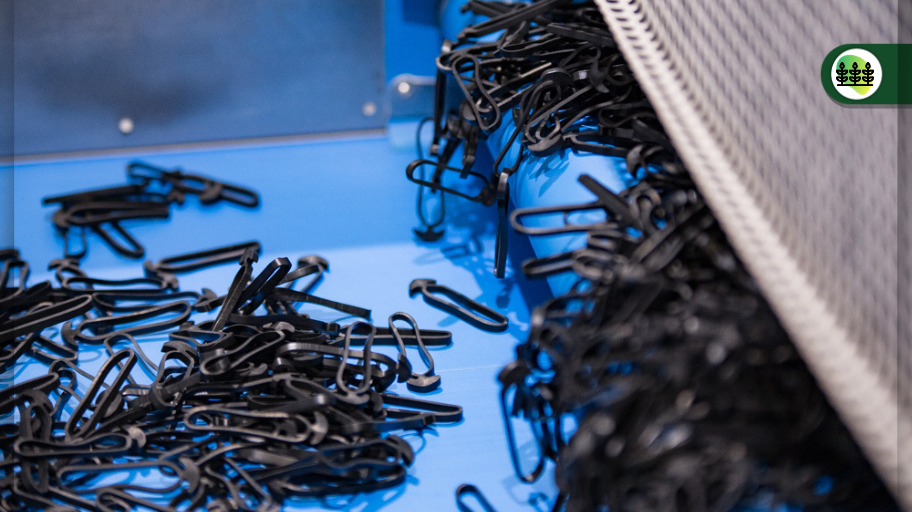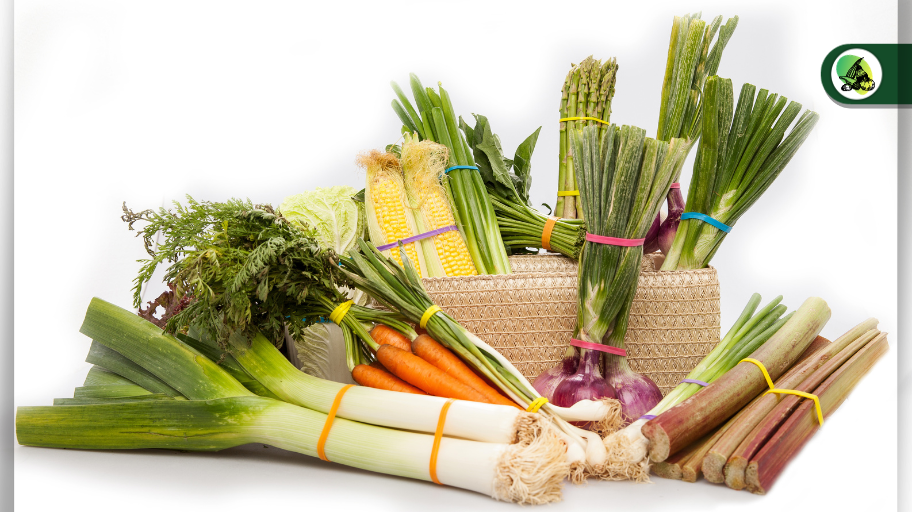When it comes to caring for your crops, choosing the right anchor rubber band is essential. Many farmers and agricultural professionals often wonder what the correct size is and how to measure it accurately. Have you ever purchased a band that seemed cheap but didn’t meet your needs? This usually happens because not everyone knows how to measure an anchor rubber band properly or how to interpret its numbering.
In this guide, we’ll show you step by step how to measure your anchor rubber bands, what factors to consider when selecting the right size, and why Bandex bands offer quality, durability, and ease of use across all crop types. We also include practical tips, real-life examples, and advice on optimising your purchase to save time and resources.
What is an Anchor Rubber Band and What is it Used For?
Anchor rubber bands are specialised elastic bands designed to secure plants to stakes without damaging them. They are widely used in fruit trees, vineyards, olive trees, almond trees, ornamental plants, and forestry crops. Their design keeps the plant firm while avoiding strangulation, which can happen with conventional twine or automatic tying machines.
Key advantages of Bandex anchor rubber bands:
- Made from high-quality synthetic rubber.
- Resistant to all weather conditions (sun, rain, cold, wind).
- Reusable over several years.
- Easy to apply manually, no special tools required.
- Available in multiple sizes and widths to suit your crop needs.
The Importance of Measuring Your Anchor Rubber Band Correctly
A common question is: “What does Anchor Rubber Band no.3, no.5, no.8 mean?” The numbering isn’t random; it corresponds to the band’s length in centimetres. Accurate measurement ensures the band performs its function correctly, avoiding costly mistakes in time, money, and crop quality.
Buying the wrong band may seem cheaper initially but can lead to:
- Stress on the plant due to improper support.
- Premature breakage of the band.
- The need for early replacement.
Learning how to measure an anchor rubber band correctly is therefore crucial.
How to Measure the Length of an Anchor Rubber Band
To measure the band’s length, follow these steps:
- Place the band on a graduated ruler, aligning the anchor end with the “0” point.
- Bring the sides of the band together to remove any gaps.
- Read the distance between the two ends: this is the band’s length.
- This length corresponds directly to the band number: for example, 8 cm = Anchor Rubber Band no.8.
This simple and quick method avoids confusion when comparing prices from different suppliers.
Bandex Tip: Always check the measurement before placing an order to ensure you receive exactly what you need.
How to Measure the Width of an Anchor Rubber Band
The width of the band is just as important as the length because wider bands provide more grip and strength. Measuring the width with a basic ruler can be challenging due to its small size, but this dimension is critical for applications requiring extra resistance, such as large trees or tall stakes.
At Bandex, all anchor rubber bands are manufactured with industrial precision, ensuring consistent width and length across each batch.
Choosing the Right Anchor Rubber Band for Your Crop
Not all bands are the same, and the correct choice depends on the crop and stake type:
Fruit Trees and New Plantings
For young trees, a medium length and adaptable width band is recommended, securing the tree firmly while allowing natural growth. Bandex bands prevent strangulation and allow tension adjustments as needed.
Vineyards
In vineyards, longer and thinner bands are preferred to enable quick application across long rows and allow reuse season after season.
Olive Trees, Almonds, and Forestry Crops
For larger trees, wide bands resistant to weather are required. Bandex provides standard packs of 1 kg or 5 kg, with custom sizes available on request.
Benefits of Choosing Bandex Anchor Rubber Bands
- Certified Quality: Manufactured from top-grade synthetic rubber, defect-free and consistent in size.
- Durability: Resistant to sun, water, and extreme temperatures, suitable for reuse.
- Versatility: Available in various lengths and widths to suit any crop.
- Customer Service: Personalised advice, free samples, and technical support.
- Ease of Use: No special tools needed, quick manual application.
Practical Case Studies
- Almond Tree Planting: A farm in Murcia reduced tree tying time by 30% using Bandex Anchor Rubber Band no.6, which was strong yet easy to apply.
- Vineyards in La Rioja: Producers replaced twine and automatic tying machines with no.5 bands, reducing damage to young shoots and improving efficiency.
- Centennial Olive Trees: In Andalusia, reusing Bandex bands cut tying material costs by 15% while maintaining secure support.
These examples show that choosing the right band and measuring it accurately directly impacts crop efficiency and profitability.
Practical Tips Before Placing Your Order
- Always measure the length and width of the band you need.
- Compare actual dimensions between suppliers, not just the number.
- Request samples to assess resistance and suitability for your crop.
- Consider plant type, stake size, and climatic conditions.
- Take advantage of standard or custom pack sizes depending on your production volume.
Choosing the right anchor rubber band is more than a detail: it’s an investment in the health and growth of your crops. With Bandex, you can trust in high-quality, durable products that adapt to any agricultural need. Correct measurement ensures efficiency, safety, and time savings.
Contact us for personalised advice, free samples, or any questions about our anchor rubber bands. Reach us via contact form or WhatsApp. At Bandex, we are committed to your agricultural success.



